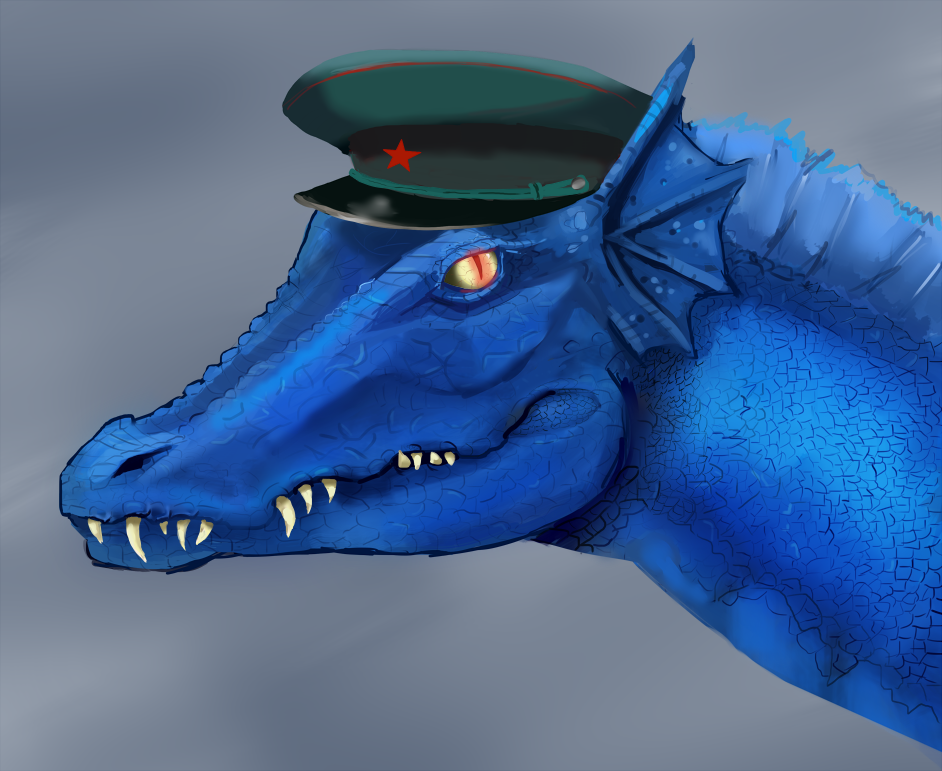I’ll keep it short and simple: one thing that I was discussing with my fiance, about the hostilities in Ukraine, is that, apparently, Western nations are refraining from sending more modern weapons to help Kiev’s regime precisely because they’re aware the Russians would capture them and, soon enough, there’d be both counter-measures for those plus suspiciously similar designs appearing in Russia and, mayhaps, China.
Or would that be too difficult to happen? What are your thoughts?


There’s ten of thousands of high end gear like Javelins/Stingers/NLAWS etc. along with various kinds of UAVS from commercial quads to Switchblades to Bayraktars delivered to Ukraine. And of course plenty of tacticool small arms attachments and body armor and NVGs etc too. In that sense Ukraine is already receiving modern gear from its backers!
However, Ukraine is fighting a conventional war against Russia and not a guerrilla war. In other words it’s about being able to fly a flag over people, land, and property. This means that Ukraine’s forces must expose itself to Russian firepower in order to maintain control over the aforementioned items instead of being able to fade away into a friendly populace willing to shelter their fighters.
Thus it’s not just Javelins and Bayraktars and MRAPs and whatnot that is being asked of NATO. It’s air defense, artillery, tanks, jets, and thousands of the utility and logistical vehicles to maintain, supply, and enable such mechanized forces in the field. There are of course some difficulties in that regard.
First is training, doctrinal, and logistical differences. Ukraine operates and uses Soviet and Warsaw Pact equipment and consumables. American/NATO heavy equipment will have different manpower (4-man tank vs 3-man tank), design philosophies, and consumables (i.e. 155mm vs 152mm), etc. requirements that such equipment will practically only be relevant in defense of Lviv or the postwar era because it is only being considered to be delivered in recent weeks. To be delivered in a relevant time frame the delivery of heavy equipment has to be Soviet and Warsaw Pact equipment and consumables.
Second is that that NATO countries with Soviet/WP equipment and consumables will also be having security concerns of their own since they are closer to Russia/Belarus. While the Czech Republic and Slovakia can be assured of distance, Poland and the Baltics are too close to Russia for comfort. They may not want to effectively disarm themselves especially with the popular perception that Russia is an aggressive nation that may invade any time now. Thus Soviet/WP equipment sent are leaning towards the obsolescent side especially if the US MIC is not in a position to rapidly replace the stockpiled equipment any time soon.
Finally there are the difficulties imposed by the Russian forces in effective delivery of heavy equipment and consumables to the front. Airplanes can be interdicted by the Russian air force and air defense network (as a cargo plane near Odessa discovered) which means it can’t be delivered directly to Ukraine that way. And with the Black Sea effectively blockaded it rules out using cargo ships to deliver equipment and consumables that way. This leaves only land routes as the only way of delivering lethal aid into Ukrainian borders. Once it’s in Ukrainian borders however, it can be attacked by Russian cruise missiles which have stuck as far west as Lviv. Then as the equipment gets closer to the front it must survive the Russian air force and artillery interdicting it and then finally it may be used at the front. Of course said equipment will require regular intakes of consumables such as fuel and ammunition in order to be effective so the aforementioned imposed difficulties still take an indirect toll on the equipment.
In conclusion it would be the difficulties that come from supplying and training the Ukrainian with non-Soviet/WP heavy equipment and consumables that hamper the creation of Ukranian armored divisions replete with Leopard 2s/M1 Abrams more than the possibility of capture and technology transfer.